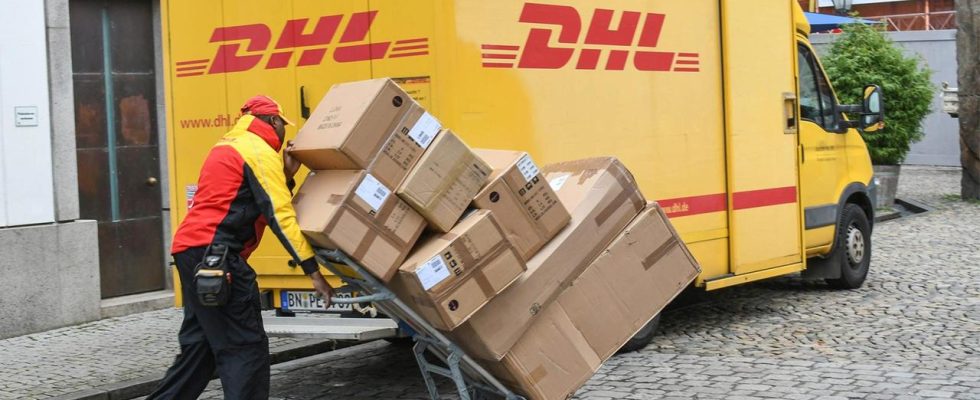After Christmas, a lot of packages are usually returned. Returns are anything but sustainable. Experts also believe consumers have a responsibility to limit the number.
At the beginning of the year, many consumers traditionally send back numerous packages. Because Christmas presents that you didn’t like or didn’t fit will be exchanged.
But returns also play a role in the rest of the year. In 2022, almost every fourth package sent was returned, as an estimate by the returns management research group at the Otto Friedrich University in Bamberg shows. This means that Germany has the largest proportion of returns in a European comparison. What are the reasons?
There are many reasons for the wave of returns
“Unlike in stores, customers don’t get a real impression of the products when they buy online. It’s only when they unpack that they realize what the sizes are or the colors look in daylight,” says Konstantinos Vasiadis, Managing Director of Elvinci.de GmbH, to the ARD financial editorial team. The retailers’ return conditions and the type of goods would also play a role. Clothing is particularly often returned.
According to Vasiadis, the return rate generally varies between two and 15 percent. The more specific the description of the goods, the lower it will be. “Online retailers have the opportunity to minimize the number of returns. To do this, the goods must be described very precisely and in detail online,” explains Vasiadis.
Returns are anything but sustainable
Björn Asdecker, head of the returns management research group at the University of Bamberg, also sees an opportunity for companies to reduce the number of returns: “The only instrument that can make a lasting difference to the high return rates is to price returns – either one mandatory return fee or a return tax.”
However, the options of many retailers are limited because the three major online retailers Amazon, Otto and Zalando dominate the market and thus define expectations, says Asdecker. This makes it all the more important to appeal to customers’ reason, adds Vasiadis: “It must be pointed out that returns cause a problem. Consumers’ sustainable conscience must definitely be awakened.”
Many returns end up in the trash
In fact, returns are anything but sustainable. A large proportion of the returned goods end up in the trash or are resold to third countries. “Many of the returns can no longer be saved. Some of the goods have to be destroyed because it is not financially worthwhile for companies to reprocess them,” says Vasiadis. This is especially true for cheap products that only cost one or two euros when sold. “If an employee needs 30 minutes to clean and test the product, it’s not economically worthwhile for the company at all.”
The majority of returned textiles are also destroyed. Vasiadis sees consumers primarily responsible: “Customers often buy clothes in different sizes or colors and only then decide on a model.” Textiles often come back dirty because they have already been tested and worn for several days.” Asdecker also sees customers as having a duty to find out more about the consequences of returns and to order more consciously.
The Corona pandemic has shown the added value that conscious handling of orders can have. Although the number of online orders increased during the lockdown period, the number of returns fell. Vasiadis attributes this to the fact that customers had more time to research more thoroughly and think better about their purchase. Expert Asdecker puts it in a nutshell: “Not every order is a good order.”

